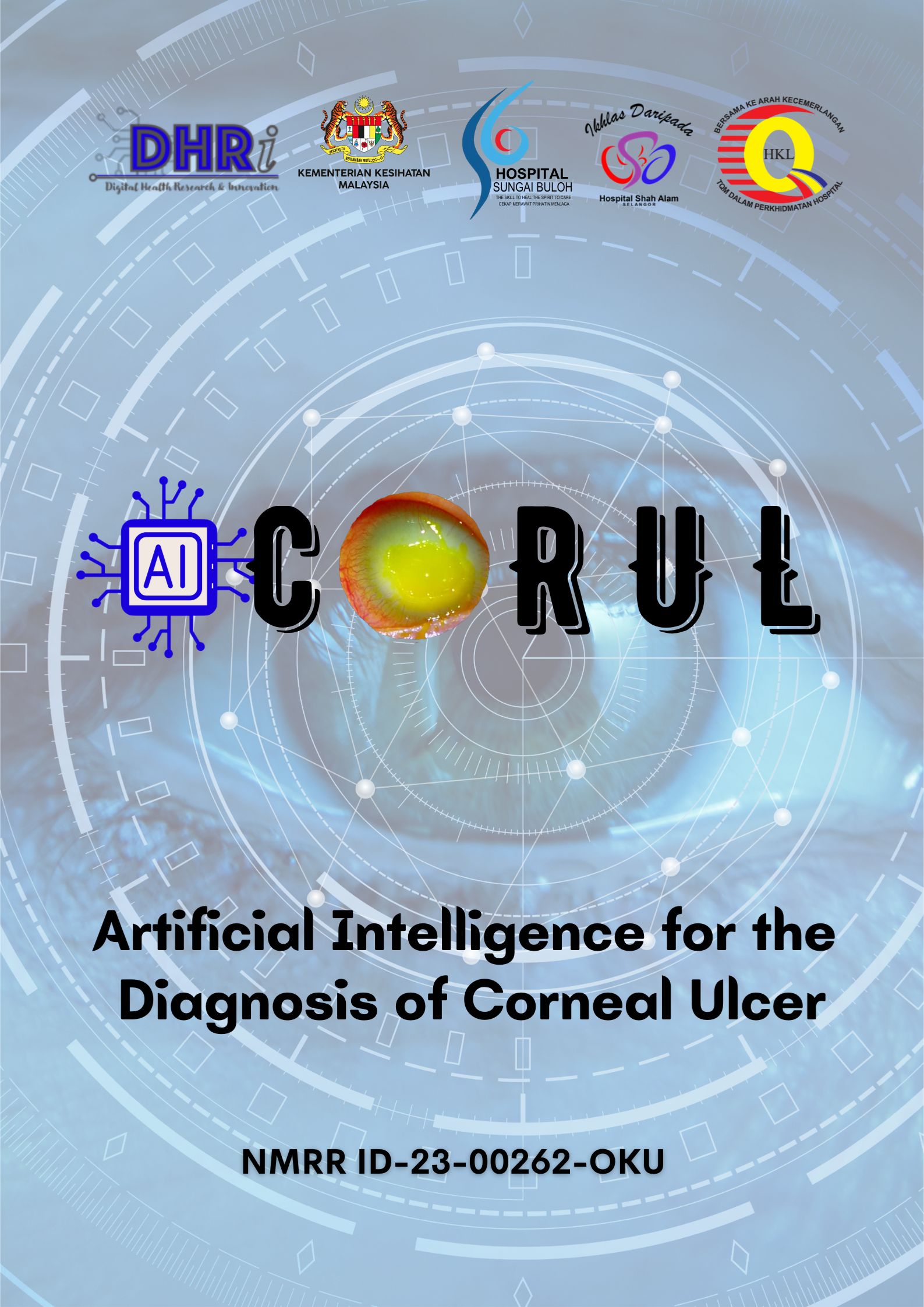ARTIFICIAL INTELLIGENCE FOR THE DIAGNOSIS OF CORNEAL ULCER
NMRR ID-23-00262-OKU
Visual impairments have significantly impacted the global disease economic burden with loss of cost of productivity approximated to be USD 411 billion, as compared to significantly lower approximated cost for gap addressing the unmet need of vision impairment (estimated of USD 25 billion). Corneal blindness is undeniably an important contributing factor to total visual impairments but commonly under-reported in the developing countries. A systematic review showed one study in India reported direct costs for corneal opacity treatment with an amount of $116 ppp and productivity losses costs of $39 ppp. A total of 86.3% of the causes of blindness were preventable such as through early involvement of primary eye care for prevention of corneal opacity. Diagnosing corneal ulcers can be challenging especially from primary health care facilities without ophthalmology services. In recent years, deep learning approaches have shown to be a suitable method for diagnosing cases with difficulties in defining or quantifying image characteristics. However, there are limited studies published on artificial intelligence for corneal images in Malaysia. Thus, our study team aims to develop a deep learning model to diagnose and classify the different types of corneal ulcers for early initiation of treatments to prevent future complications.





